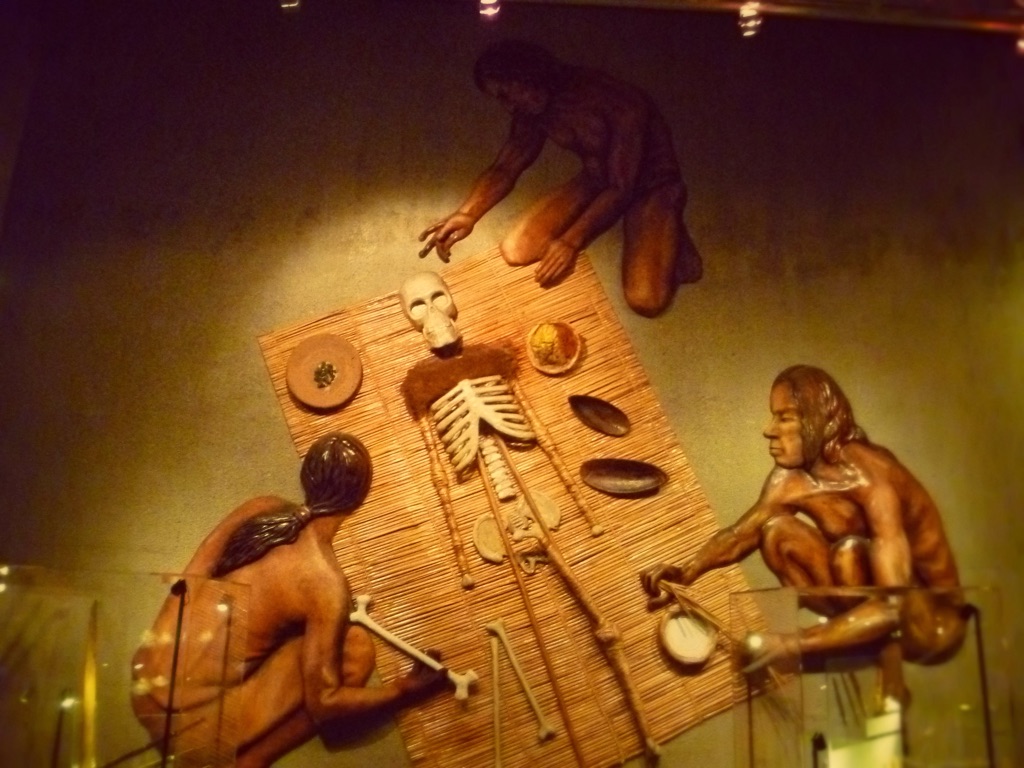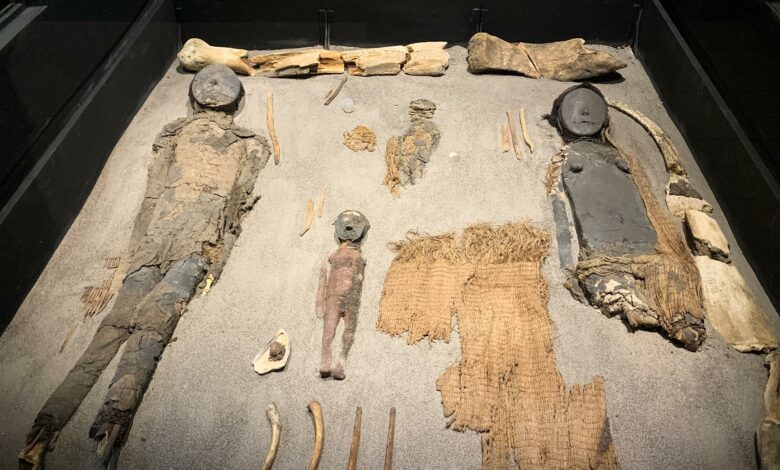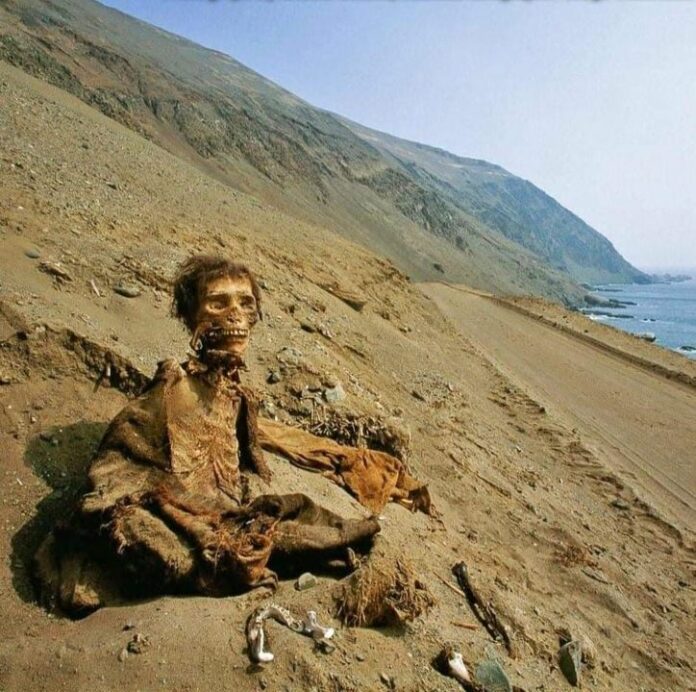A remarkable archaeological discovery was made by a group of students during an archaeology field trip to Morro de Arica, a high cliff at the end of a coastal mountain range in northern Chile. The students, from an American school in Arica, were excavating at the foot of El Morro as part of an archaeology workshop when they unearthed a 7,000-year-old mummy. This ancient relic likely became visible due to landslides triggered by a powerful earthquake that struck the region in April.
The mummy is believed to belong to the Chinchorro culture, an ancient coastal civilization that once thrived in what is now northern Chile and southern Peru. This discovery adds significant value to our understanding of early human civilizations in the Pacific coastal regions of South America.
The Chinchorro Culture: Pioneers of Mummification
The Chinchorro culture is renowned for its practice of mummification, which began more than two thousand years before the Egyptians started preserving their dead. The Chinchorro mummies are the oldest known examples of artificially mummified human remains. Radiocarbon dating of a Chinchorro mummy from a site in the Camarones Valley, about 60 miles south of Arica, dates back to 5050 B.C.

Over the next 3,500 years, Chinchorro mummification evolved through three distinct styles: the Black Mummy Technique, the Red Mummy Technique, and the Mud Coat Technique. Each style reflects the cultural and technological advancements of the Chinchorro people during their time.
Techniques of Chinchorro Mummification
Chinchorro mummification was an elaborate process. The embalmers would remove internal organs and replace them with vegetable fibers or animal hair. In some instances, they would remove the skin and flesh, replacing them with clay to maintain the body’s structure. This meticulous process ensured the preservation of the dead for millennia.
Evidence from shell midden and bone chemistry indicates that 90% of the Chinchorro diet consisted of seafood. While many ancient fisherfolk cultures existed in the arid river valleys of the Andes, the Chinchorro distinguished themselves through their unique dedication to mummifying their dead.

Egalitarian Preservation in Chinchorro Society
Unlike the ancient Egyptians and other cultures that focused on preserving the elite, the Chinchorro tradition of mummification was remarkably egalitarian. The Chinchorro mummified all members of their society, including the elderly, children, infants, and even miscarried fetuses. This inclusive practice highlights their cultural value of preserving every individual, regardless of their social status or contribution to society.
In many cases, children and babies received the most elaborate mummification treatments. This attention to all members of society, especially the most vulnerable, underscores the unique and inclusive nature of Chinchorro culture.
The discovery of the 7,000-year-old mummy in Chile not only provides a fascinating glimpse into the ancient Chinchorro culture but also enriches our understanding of early human practices in mummification and societal values. As researchers continue to study these ancient remains, we gain more insights into the lives and beliefs of the Chinchorro people, whose legacy continues to captivate and inform the world of archaeology.
